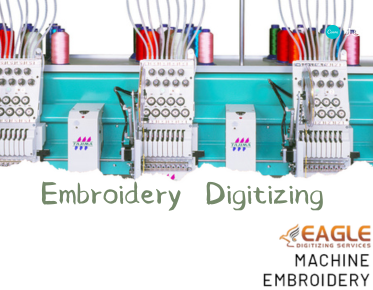Understanding Screen Printing and Its Benefits
Screen printing, also known as silkscreen printing, is a versatile and widely used printing technique that involves transferring ink onto a substrate through a mesh screen. This method is popular for its ability to produce vibrant colors and durable prints on a variety of materials, including textiles, ceramics, wood, paper, glass, and metal. The process involves creating a stencil, known as a screen, and using it to apply layers of ink on the printing surface. Each color in the design requires a separate screen, allowing for intricate and multi-colored designs.
The Screen Printing Process
The screen printing process begins with the preparation of the screen. A fine mesh is stretched tightly over a frame, and a stencil is created by blocking off parts of the screen in the shape of the desired design. This can be done using a variety of methods, including hand-cut stencils, photographic emulsions, or vinyl cutouts. Once the screen is prepared, it is placed over the material to be printed on.
Ink is then applied to the screen and spread across the surface using a squeegee. The ink passes through the open areas of the mesh and onto the material below, creating the print. The process is repeated for each color in the design, with each color requiring a separate screen. Once all the colors have been applied, the print is cured using heat or UV light to ensure the ink adheres properly to the material.
Benefits of Screen Printing
1. Versatility
One of the primary benefits of screen printing is its versatility. This technique can be used on a wide range of materials, making it ideal for creating custom apparel, promotional products, signage, and more. Whether you're printing on fabric, glass, or metal, screen printing can deliver high-quality results.
2. Durability
Screen printing is known for its durability. The inks used in this process are thicker than those used in other printing methods, resulting in prints that are resistant to fading and wear. This makes screen printing an excellent choice for items that will be exposed to the elements or require frequent washing, such as t-shirts, banners, and outdoor signage.
3. Vibrant Colors
The ability to produce vibrant, opaque colors is another advantage of screen printing. The thick inks used in this process allow for bold and bright prints that stand out, even on dark or colored materials. This makes screen printing a popular choice for designs that require strong color contrast and visual impact.
4. Cost-Effectiveness for Large Runs
Screen printing is particularly cost-effective for large production runs. Once the screens are prepared, the printing process is relatively quick and efficient, allowing for high-volume production at a lower cost per unit. This makes it an ideal choice for businesses and organizations looking to produce large quantities of printed items, such as promotional t-shirts or event merchandise.
5. Customization
Screen printing offers a high level of customization, allowing for unique and personalized designs. Whether you're creating custom apparel for a sports team, promotional products for a business, or personalized gifts, screen printing can accommodate a wide range of design options and color combinations.
Applications of Screen Printing
Screen printing is used in a variety of industries and applications. In the fashion industry, it is commonly used to create custom t-shirts, hoodies, and other apparel. In the promotional products industry, screen printing is used to create branded items such as tote bags, hats, and water bottles. It is also used in the signage industry to produce durable and eye-catching signs and banners.
Additionally, screen printing is used in the art world to create limited edition prints and posters. Artists appreciate the ability to produce high-quality, vibrant prints with a tactile quality that is difficult to achieve with other printing methods.
Future Trends in Screen Printing
As technology continues to advance, the screen printing industry is evolving to incorporate new techniques and materials. One trend is the use of eco-friendly inks and materials, as businesses and consumers become more environmentally conscious. Water-based inks, which are less harmful to the environment than traditional plastisol inks, are becoming increasingly popular.
Another trend is the integration of digital technology with traditional screen printing methods. Hybrid printing techniques, which combine digital printing with screen printing, allow for greater flexibility and efficiency in the production process. This approach enables printers to take advantage of the strengths of both methods, resulting in high-quality prints with complex designs and gradients.
In conclusion, screen printing remains a popular and versatile printing method with numerous benefits. Its ability to produce durable, vibrant prints on a wide range of materials makes it an ideal choice for many applications. As the industry continues to innovate, screen printing is poised to remain a valuable tool for businesses, artists, and individuals alike. Eagle Digitizing excels in delivering professional vector artwork conversion services, transforming creative visions into scalable designs.



